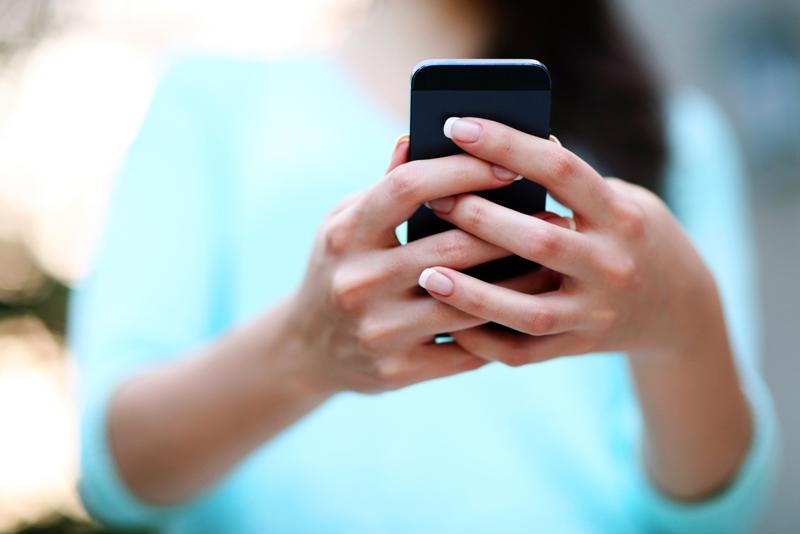Reaching patients at home has never been easier, but there’s a big difference between contacting a patient and actually getting his or her attention. Health care organizations that engage patients with technology can see a number of desirable benefits. However, those organizations need to choose their method of communication carefully to see the best results.
Why is Patient Engagement Important?
If you’ve spent any time on the administrative side of the health care industry, you’ve likely heard the term patient engagement bandied about. But what does it actually mean? And is it worth investing in?
Put simply, patient engagement is a somewhat nebulous measurement of how well patients pay attention to their personal health care. A patient who is disengaged might forget his appointments, neglect his medication or misunderstand his doctor’s orders. An engaged patient, on the other hand, is more likely attend her scheduled appointments, take an active role in becoming healthier and utilize additional resources such as a patient portal platform.
According to Healthcare IT News, other benefits of patient engagement efforts include improved patient satisfaction, better quality of care and safety as well as optimized financial and operational efficiency. In other words, when patients become more engaged with their personal health, everyone wins. The patients are more likely to lead healthy lives and the providers are more likely to protect their revenue cycle.
 SMS appointment reminders can boost patient satisfaction.
SMS appointment reminders can boost patient satisfaction.Appointment Reminders: Call vs Email vs SMS
One of the most important patient engagement tools currently available is the automated appointment reminder. Patients lead busy lives, and that often means that health takes a back seat to more immediately pressing matters. In the long run, that’s bad for patient health. Appointment reminders help patients stay up-to-date with their care plan.
Many care organizations leverage automated telephone calls to remind patients of upcoming appointments. However, this method is far from effective. Researchers from Sheffield Hallam University found that telephone reminders have a success rate of between 30 and 60 percent. Email reminders aren’t any better. SmartInsights reported that health and fitness emails have a 21.93 percent open rate, and a click-through rate of just 2.57 percent. SMS appointment reminders, however, have a read-rate of 97 to 99 percent.
Other Uses for SMS
SMS reminders have a number of uses beyond scheduling appointments. Another key area of patient engagement is post-visit care. Patients come to their doctor, receive advice or medication, and go home with their instructions. How can physicians be sure their patients are following through with their care plan?
Care organizations can use SMS to easily and discreetly follow up with patients after a visit. These reminders help patients follow post-op care practices and stay on their medication regimen. In the long run, this interactive line of communication will help to boost patient health as well as the overall health of the community.
Setting up SMS appointment reminders is easy. To learn more about how to implement this powerful solution at your organization, visit SwiftSMSGateway.com today.



